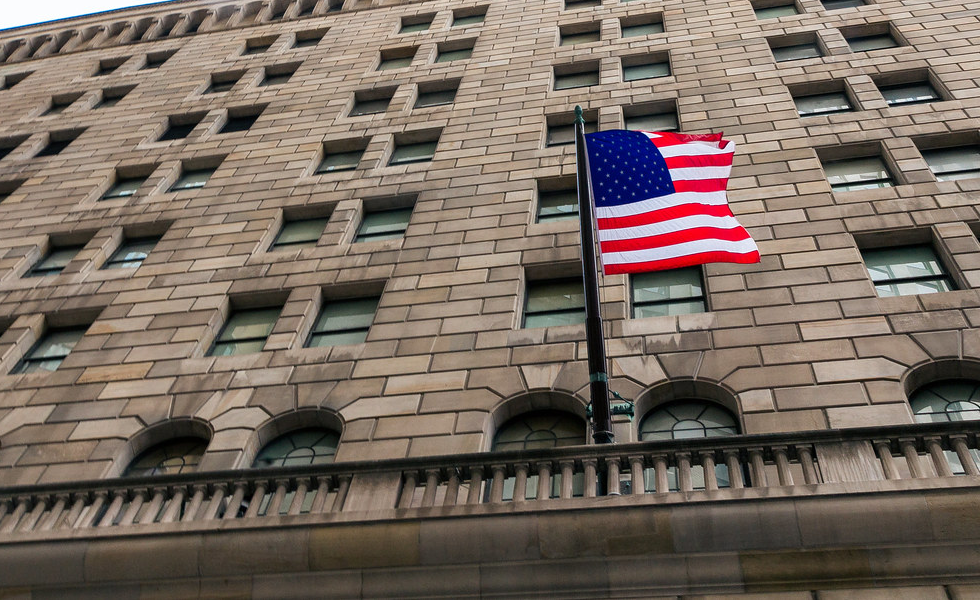ASI: Fed graaft eigen put dieper
ASI: Fed graaft eigen put dieper

In reactie op de grootschalige verkoop van Amerikaanse staatsobligaties heeft de Fed een dubbele boodschap, zegt James Athey, beleggingsstrateeg bij vermogensbeheerder Aberdeen Standard Investments: het opkopen van obligaties door de Fed komt nog lang niet ten einde, maar de Fed ziet geen enkele reden voor aanvullende verruiming.
“Dit is geen geruststellend bericht voor obligatiebeleggers, want inflatie zal zo de waarde van het beschikbare vastrentende waardepapier blijven aantasten. (…) Dit betekent dat de inflatie waarschijnlijk blijft stijgen en de verkoop van staatsobligaties wordt voortgezet.”
“Everything just seems to happen that much faster in the modern age. The recovery of GDP post the once-in-a-lifetime swoon of H1 2020 certainly supports that narrative. Ably assisted, of course, by once-in-a-lifetime monetary and fiscal support. Markets are, by definition, forward looking and thus we now find ourselves at a bit of a crossroads. The Fed is consistently telling investors that they are nowhere close to tapering asset purchases and thus tightening the monetary spigots, while simultaneously conveying the message that they see no reason to ease further at this juncture."
“For fixed income investors this isn’t a particularly comforting message, as inflation will eat away at the low fixed incomes on offer. Therefore, selling US treasuries – particularly those at the longer end of the yield curve – is an entirely rational thing to do. This puts financial markets in a sticky situation. Rising yields, particularly rising real yields, seem to be a challenge to the Fed’s “on-hold” message. This message, all being equal, should drive higher growth and inflation. If the Fed isn’t going to act to curb rising inflation or rising yields then that’s a green light to sell more."
“This rise in yields is acting as a tailwind for the US dollar and a headwind for risky assets and commodities - the very assets that form such an integral part of the reflation narrative in the first place. The obvious conclusion is that yields can keep rising whether or not the Fed intends to taper asset purchases or engage in any other form of monetary tightening. The question remains – where is the pain point? After Jerome Powell reconfirmed the Fed’s current comfort yesterday, it is highly likely that the pain point for risky assets is closer than the Fed’s at present. History says however, that when risk assets hit the wall, a renewed dovish message from the Fed won’t be far behind. Thus the world’s most systemically important central bank will dig itself deeper into the hole it has created for itself."
